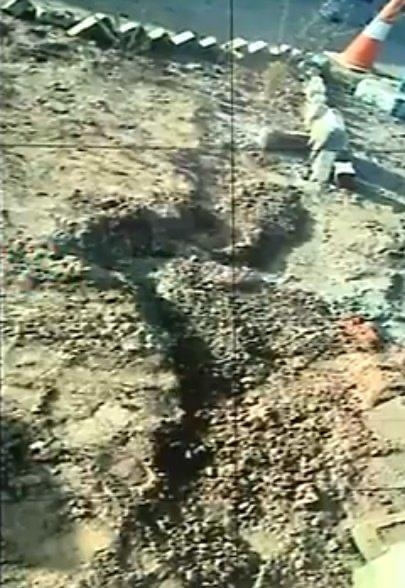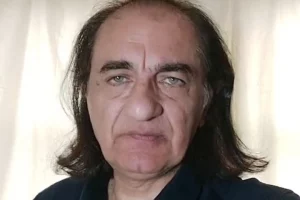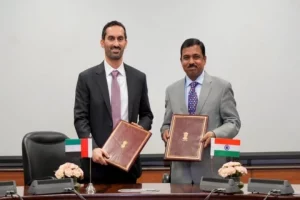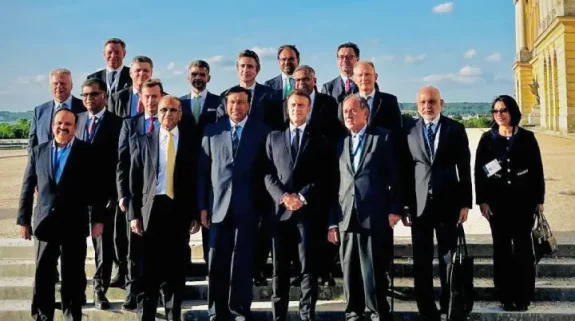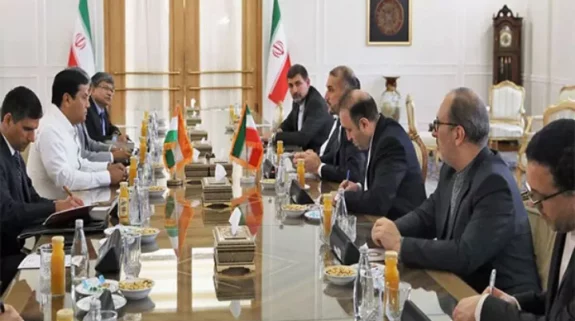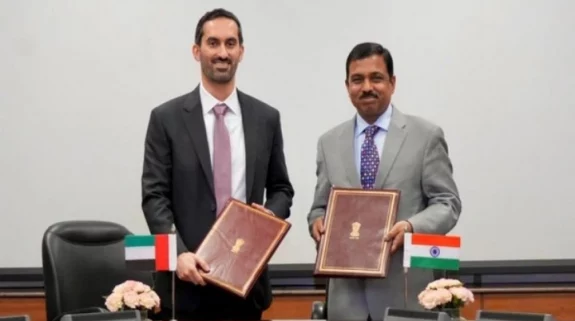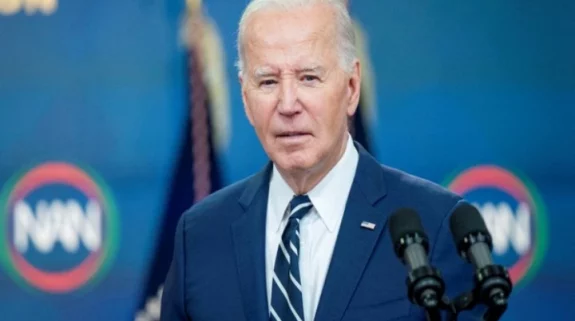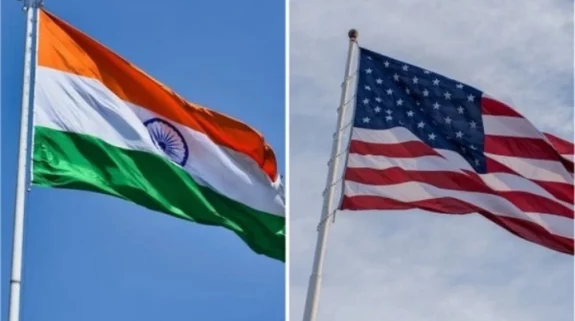Sunday’s drone attack on the Air Force Station in Jammu — the first of its kind in India — has put question marks on the Indian security and intelligence agencies’ preparedness and capacity building to thwart such occurrences at the civilian and military installations, particularly in Jammu and Kashmir.
Even as the Government of India has chosen to remain guarded in its initial reactions, apparently to protect the four-month-long ceasefire with the Pakistani security forces on the LoC and the International Border (IB), as also Prime Minister Narendra Modi’s first outreach to the UT’s mainstream politicians, the security and intelligence agencies have begun working hard to find out the launching sources of the technology-driven offensive.
The twin IED blast in the interior of a military installation did not cause much of the material damage and there were no fatal casualties but precision of the drone’s programmed destination and selection of the target by its handlers has triggered huge security concerns. One of the IEDs ripped the RCC roof of a building, just yards away from a helicopter hangar. It landed in close vicinity of the Indian Air Force-controlled Air Traffic Control (ATC), which also operates the radar system of a major civilian airport in Jammu.
The Air Force Station is in the middle of a major army installation, the IAF’s helicopter and transport plane base, a civilian airport and a military hospital.
.jpg)
The Hindustan Times is reporting that Prima facie investigations conducted by security agencies and Jammu and Kashmir Police have revealed the role of Pakistan based Lashkar-e-Taiba (LeT) in the terror strike. The drone attack is linked with the recovery of a 6 kilogram IED by Jammu police from an LeT operative leading to detention of at least three terror suspects by J&K Police.
The daily added that Pakistan based terror group was targeting the Air Traffic Control (ATC) tower with one drone. The other was homing on either to the parked IAF helicopter or the radar.
The National Investigation Agency (NIA) on Sunday made two inspections of the site ahead of the possibility of receiving the formal orders of a thorough investigation. Authoritative sources insist that alongside the NIA investigation, the IAF would hold its own internal inquiry to find if there were any loopholes or security lapses. Independently, the Jammu and Kashmir Police have started an exercise to see whether the unmanned aerial vehicle had been launched from across the IB, just 14 Km away, or local resources had been employed to executive the operation.
According to some officials, the sentries at the defence installations had spotted the drone with its particular noise around 01:35 am but ignored it for the reason that a number of IAF’s and Army’s own drones of the similar shape and size continue to hover in the space frequently, almost daily.
The security agencies are said to have put under surveillance some suspects in the periphery in Belicherana and adjoining civilian populations. Around the same time, the Jammu Police claim to have arrested a suspect, a resident of Banihal area, with a 5-kg IED.
In the last three years, drones launched from across the IB are known to have delivered drugs, arms and ammunition on at least six occasions in the border belt of Jammu and Pathankot-Gurdaspur area in Punjab in addition to three arms deliveries close to the LoC in Poonch (Jammu) and Uri and Tangdhar in Kashmir.
The security and intelligence agencies have no doubts of the Pakistani hand behind Sunday’s drone attack but nobody from the government has directly pointed fingers on the neighbouring country without collecting the scientific evidences. The national television news channels have carried reportage of the unprecedented enemy offensive but significantly denied to it much of their prime time space.
It is not clear to the security establishment as to why this particular timing had been chosen for the offensive. In the absence of a formal investigation and scientific evidences, the agencies are working on a slew of the hypothetical theories.
Most of the officials view it as an attempt of spoiling the Prime Minister Modi’s outreach to the Kashmiri politicians. It came in three days of Modi’s first collective meeting after June 2018 with the J&K politicians in New Delhi, on 24 June. Just a day before, a bomb blast at the Lashkar-e-Tayyiba patron Hafiz Sayeed’s Lahore house had left three persons dead and 21 injured. Pakistan’s State and non-State actors have usually blamed New Delhi for all terror strikes in that country, targeting a strategic or guerrilla base.
In recent times, the announcement of a fresh ceasefire between the Indian and the Pakistani troops on 26 February 2021 has been a remarkable development in the Sub-continent. It has been holding without a major violation from either side. Most of the so-called non-State actors and a section of the officers in the Pakistani establishment are known to be opposing anything that leads to normalisation of relations with India.
“We will come out with a calibrated response but our first priority is to ensure that we are not blamed for escalation of the hostility at the borders and that we should not fall in any trap laid by our enemy. Had we suffered a fatal casualty or damage to a helicopter, our response would have certainly been different”, said a defence official. He pointed out that asymmetrical offensives had a Pakistani signature. “They know that we won’t retaliate with drones. And a Balakot-like response would have huge implications”.
For now, it appears to be clear enough that Sunday's drone attack would not be allowed to spoil either the four-month-long ceasefire or the Prime Minister’s outreach to Kashmir and his roadmap of the restoration of peace and development.
Well-placed sources revealed to India Narrative that the Government of India was planning the Prime Minister’s first visit to Jammu and Kashmir after withdrawal of its special status and split into the two Union Territories of J&K and Ladakh in August 2019. Among a number of inaugurations and foundation stone laying ceremonies, Modi is expected to throw the Banihal-Qazigund tunnel on Srinagar-Jammu highway open for traffic.
The drone attack would, nevertheless, have a bearing on the current security scenario. Authorities are said to be working on a revised plan which could make it obligatory for everybody to register all types of drones at the local Police Stations and inform the Police about any shooting operations in close vicinity of the major government installations. Besides, there could be a blanket ban on flying of drones around the defence installations and the camps of security forces. “No civilian would be permitted to operate a drone from sunset to sunrise”, said an official.
At the highest level, the authorities are now exploring the possibilities of acquiring highly sophisticated equipment like Israel’s ‘Smash 2000 Plus’ which could not only detect the low flying machines but also destroy them in the air. “RF (radio frequency) jammers, machines which could spoof the GPS coordinates, laser and electromagnetic pulses and other security systems could be now procured and installed at a large scale in sensitive areas like J&K as well as New Delhi”, said an official.
Also Read: Drone attack on IAF base in Jammu: NIA may take over investigation






